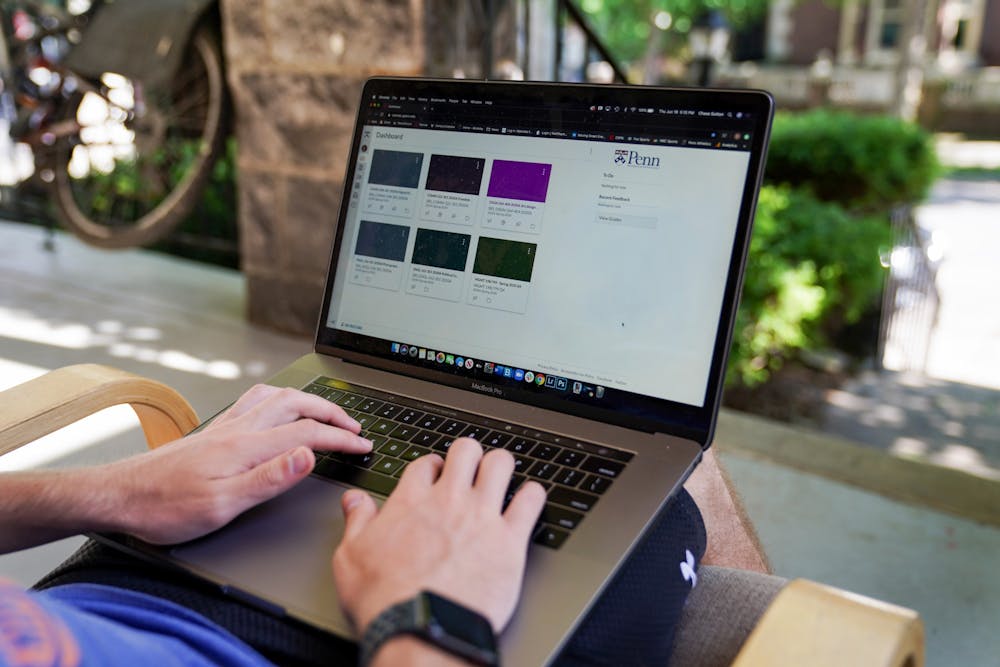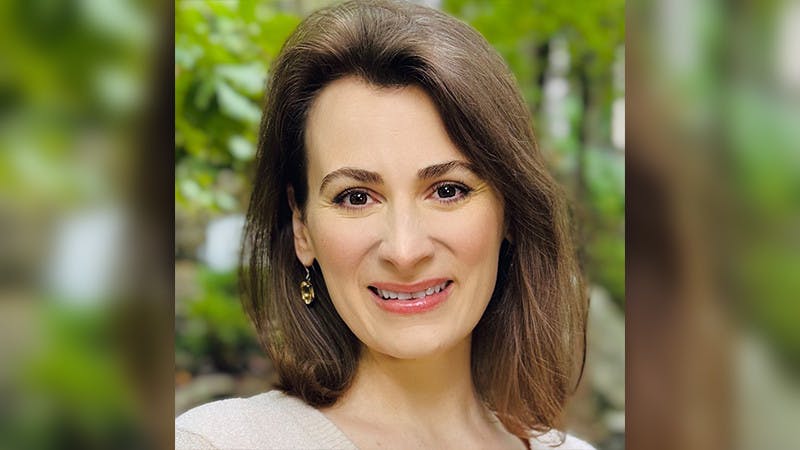
While in-person classes are set to return in the fall, many students look back positively on their summer courses, which were all held virtually.
Penn’s final session of virtual summer courses concluded on Aug. 6. Students could sign up for either an 11-week summer session from May 24 to Aug. 6 or a five-and-a-half-week session either from May 24 to June 30 or another from July 1 to Aug. 6. Because all of the summer courses were online, Penn offered over 100 new undergraduate courses with expanded seats.
Students generally expressed that while they are looking forward to the switch to in-person learning in the fall, they will miss the flexibility of online courses.
College of Liberal and Professional Studies student Courtney Nuss said that she had a “great experience” with the course "Intermediate Spanish II." The class met synchronously four times a week for two and a half hours per day. Nuss felt that the course was very well organized, and she didn’t think the course was rushed into an online format.
Rising College junior Tabitha Demissie took the same course as Nuss during the first summer session. She agreed that the course ran smoothly and that her professor was readily available outside of class time.
Rising Engineering sophomore Henghak Kun shared similar feelings. During the first summer session, Kun took "Introduction to Algorithms" and said that the concepts taught in the course were interesting. He took a summer course to stay busy during his summer break, and he also wanted to get ahead of his coursework to take fewer classes during the fall and spring semesters.
Many students said that they enjoyed the online format of the summer courses, which allowed them to create flexible summer schedules. Nuss took summer courses at Penn before the pandemic, but she preferred online courses because of the flexibility with her work schedule.
“[My course] was convenient for my schedule, and I found it much less stressful during the pandemic,” she said.
Like Nuss, Kun was able to take on a remote teaching internship with a time commitment of 30 to 40 hours per week due to the online format of his course. Demissie also said that she appreciated the remote format.
“I honestly found it to be super convenient compared to in-person,” Demissie said.
Compared to previous years’ summer courses, students generally felt that their experience this summer was better or equal. Demissie also took "General Chemistry II" last summer at Penn, and she said that the experience this year was comparable. During both summers, she felt that the process of being online was “smooth and easy,” and her professors were accessible.
As for Kun, he said that the course translated well online because he took a computer science course. Last summer, Kun participated in the Pre-Freshman Program, but he felt that the subjects and workload of the program did not translate well to an online format.
Soon, students will transition from learning virtually during the summer to in-person courses in the fall. Overall, students have positive and hopeful feelings towards returning to learning in person. Nuss says that she feels comfortable about attending in-person classes in the fall because of Penn’s efforts to stop the spread of new infections.
“Penn is taking many precautions for students coming back in the fall, which is comforting,” Nuss said.
Kun and Demissie share feelings of both excitement and nervousness to return to in-person classes after adjusting to being remote for more than a year.
“We suddenly get dropped into in-person [classes]. We have to think about walking to classes, interacting with professors, and actually showing up to classes,” Kun said.
Overall, Demissie looks forward to a return to a normal semester, and Kun views the quick transition from virtual learning to in-person learning as a positive.
“'I’ll be able to meet actual people and not faces on the screen. That's one of the big reasons why you come to university — to make a lot of connections,” Kun said.
The Daily Pennsylvanian is an independent, student-run newspaper. Please consider making a donation to support the coverage that shapes the University. Your generosity ensures a future of strong journalism at Penn.
Donate





